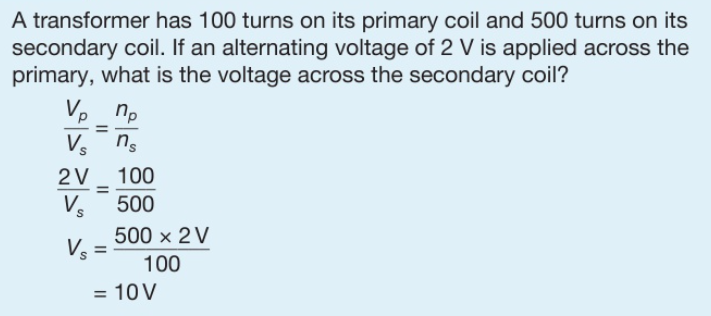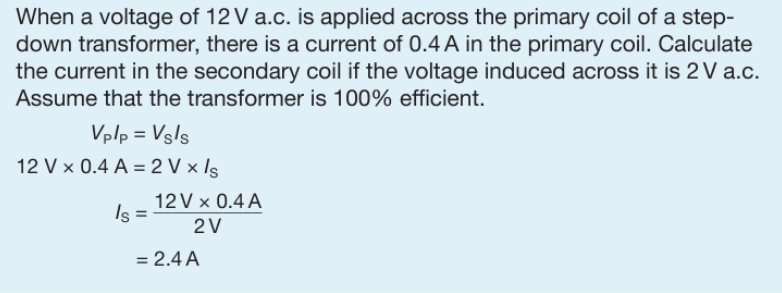6.15 know that a voltage is induced in a conductor or a coil when it moves through a magnetic field or when a magnetic field changes through it and describe the factors that affect the size of the induced voltage
When a conductor (can be a wire, coil or just a piece of metal) experiences a changing magnetic field a potential difference or voltage is induced in it. The strength of the potential difference depends on the strength of the magnetic field, how fast it changes i.e. how fast the coil is spinning, and how much of the conductor is exposed to the field i.e. how many turns in the coil.




